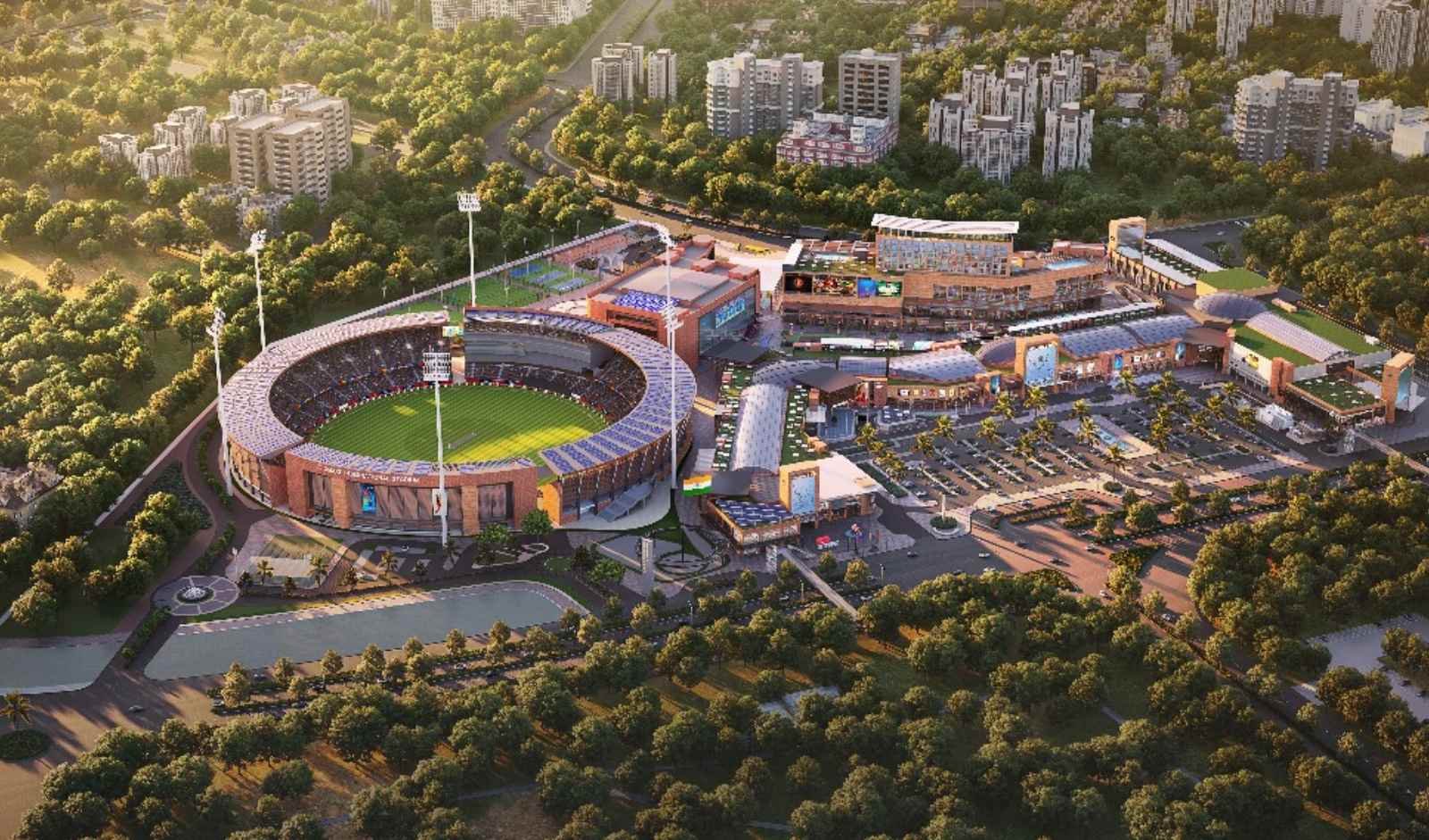Now Reading: The Future of Real Estate in Delhi: PPPs Leading the Way | EXCLUSIVE
-
01
The Future of Real Estate in Delhi: PPPs Leading the Way | EXCLUSIVE
The Future of Real Estate in Delhi: PPPs Leading the Way | EXCLUSIVE

Table of Contents
The real estate sector in India’s Tier-1 cities, especially Delhi, is witnessing a transformative phase. One key driver of this change is the rise of Public-Private Partnerships (PPPs). These collaborations between government bodies and private developers are reshaping urban landscapes, creating smarter, more sustainable, and inclusive real estate projects. Mohit Goel, the Executive Director of Omaxe Ltd, shares his exclusive insights into how PPPs are influencing the future of real estate in Delhi and other major cities.
What Are Public-Private Partnerships (PPPs)?
Public-Private Partnerships are collaborative agreements where government agencies and private sector companies join forces to develop infrastructure projects. In real estate, this means private builders work closely with public authorities to develop housing, commercial spaces, and urban infrastructure, sharing risks, resources, and rewards.
The government typically brings land, regulatory support, and funding, while private players contribute technical expertise, design innovation, and investment. This combination helps overcome many traditional hurdles in real estate development, such as lengthy approvals, lack of funds, and infrastructure deficits.
Why PPPs Are a Game-Changer for Tier-1 Cities

Tier-1 cities like Delhi, Mumbai, Bangalore, and Chennai face challenges such as rapid urbanization, limited land availability, increasing demand for affordable housing, and the need for better infrastructure. PPPs are emerging as a solution to address these issues effectively.
According to Mohit Goel, “PPPs are the future of urban development because they combine the strengths of both sectors. The government ensures that development aligns with public welfare, while private players bring speed, efficiency, and innovation.”
Impact of PPPs on Real Estate in Delhi
Delhi, India’s capital and one of its fastest-growing cities, presents a unique case where PPPs are reshaping the real estate landscape:
- Affordable Housing Development: The government’s push to provide affordable homes for all is more achievable through PPPs. Private builders partner with public agencies to construct housing projects that offer better designs, faster delivery, and lower costs. For example, PPPs under schemes like the Pradhan Mantri Awas Yojana (PMAY) are helping provide homes to economically weaker sections.
- Smart City Projects: Delhi’s smart city initiatives, which focus on sustainable urban growth, rely heavily on PPP models. This collaboration ensures efficient waste management, better water supply, improved transportation, and eco-friendly housing projects.
- Infrastructure Boost: With increasing population pressure, infrastructure needs to keep pace. PPPs help build metro stations, roads, and commercial hubs integrated with residential areas, creating better connectivity and enhancing real estate value.
- Regulatory Ease: The Delhi Development Authority (DDA) and other government bodies are partnering with private developers to fast-track projects, reducing red tape and approvals. This results in quicker project completion and better investor confidence.
Omaxe Ltd’s Role in PPP-led Urban Transformation
Omaxe Ltd, led by Mohit Goel, is a prominent player leveraging PPP models to contribute to Delhi’s evolving real estate scene. The company focuses on creating integrated townships, commercial spaces, and affordable housing projects through close government collaboration.
Mohit Goel explains, “Our partnerships with government agencies allow us to develop projects that serve the community’s needs while maintaining high standards of quality and sustainability. PPPs enable us to scale up projects faster and make them financially viable.”
Benefits of PPPs for Stakeholders
- For Governments: PPPs reduce the financial burden on public funds while ensuring infrastructure development meets citizens’ needs. It also helps governments meet urban planning and housing targets efficiently.
- For Developers: Private companies gain access to government land, subsidies, and faster approvals, reducing project risks. PPPs also help developers innovate with new technologies and green building practices.
- For Citizens: Residents benefit from better-quality housing, improved infrastructure, and access to amenities. Affordable housing projects under PPPs make home ownership more accessible.
Challenges in PPP Implementation
Despite the benefits, PPPs face some challenges:
- Coordination Complexity: Aligning objectives of government agencies and private companies can be complicated and time-consuming.
- Regulatory Hurdles: Though easing, regulatory approvals can still delay projects.
- Financial Risks: Both parties share risks, but unforeseen market conditions can impact project viability.
Mohit Goel emphasizes, “Successful PPPs require clear contracts, transparency, and trust between partners. When done right, they unlock tremendous value for cities and citizens.”
The Road Ahead: PPPs as a Pillar of Urban Growth
The Indian government’s continued focus on PPPs through policies and incentives suggests this model will play a pivotal role in shaping the future of real estate in Tier-1 cities.
With rising urban populations, housing demand, and infrastructure needs, PPPs offer a sustainable solution to build smart, affordable, and livable cities. Developers like Omaxe Ltd, under leaders like Mohit Goel, are at the forefront of this change, bridging public goals and private innovation.
Conclusion
Public-Private Partnerships are no longer just a concept but a practical approach revolutionizing real estate in Delhi and other Tier-1 cities. By pooling resources, expertise, and responsibilities, PPPs help overcome traditional challenges in urban development.
Mohit Goel’s insights underline the importance of collaboration between the public and private sectors to create vibrant, inclusive, and sustainable urban spaces. For residents, investors, and policymakers, embracing PPPs means a smarter and more promising future for India’s top cities.
Also read – Real Estate Rising: How Address Advisors Changes India’s Market 2025






















